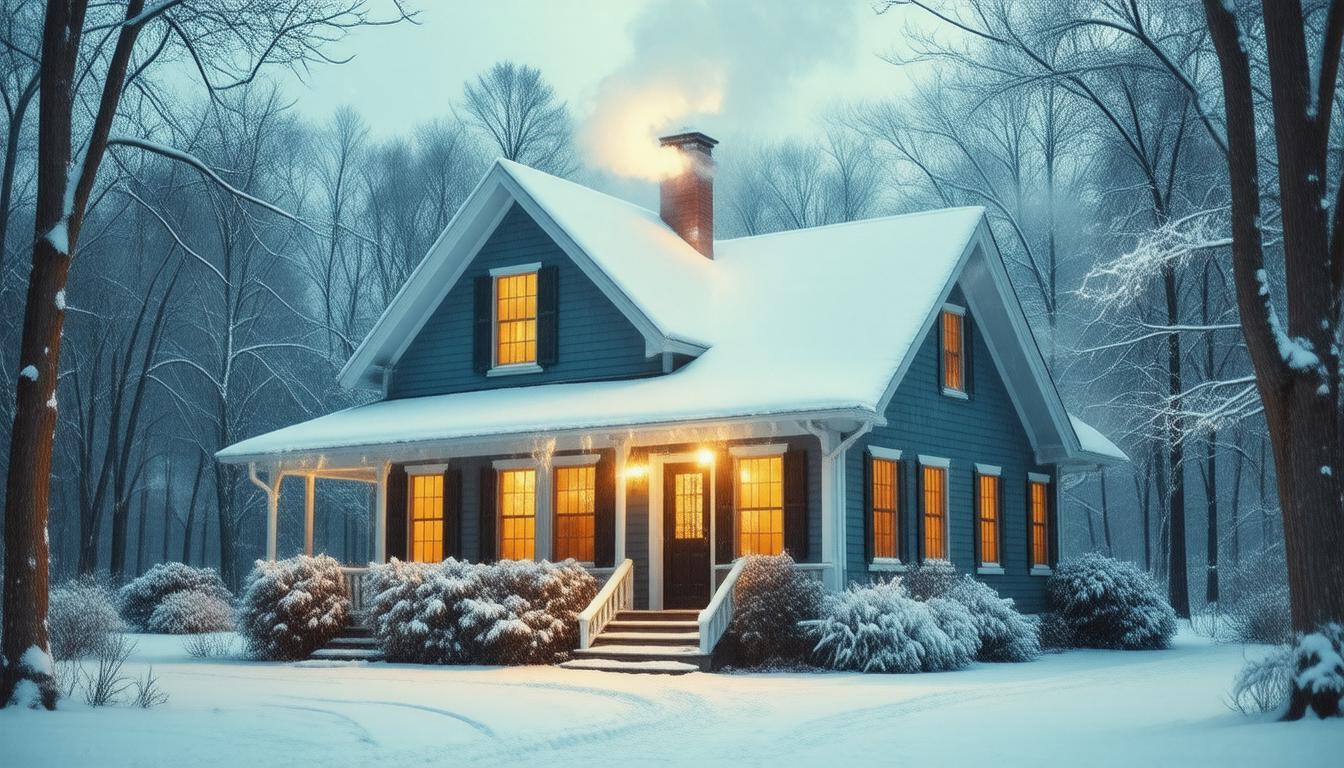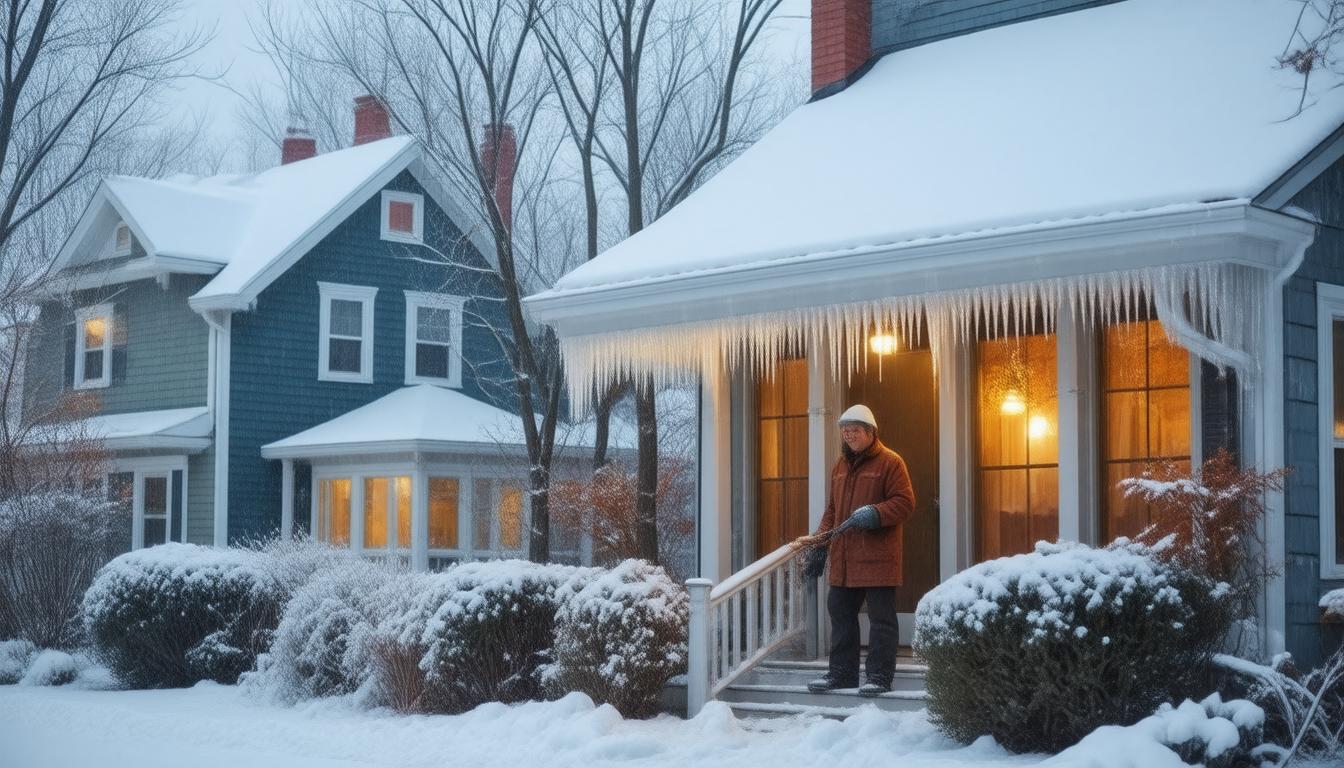
Understanding Attic Insulation
Before diving into the world of attic insulation, it is essential to understand why insulation is so important. Attic insulation plays a crucial role in maintaining a comfortable temperature within your home, reducing energy costs, and minimizing the environmental impact of excessive energy use. Properly installed insulation keeps your home warm in the winter by trapping heat and cool in the summer by reflecting heat.
Types of Attic Insulation
There are several types of attic insulation to choose from, each with their own set of benefits:
[LIST]
[*]Fiberglass Batts: These are long strips of insulation designed to fit between the joists in your attic. They are easy to install and are a cost-effective option.
[*]Blown-In/Loose-Fill: This type of insulation is made from fiberglass or cellulose and is literally blown into the attic space, filling in all the nooks and crannies.
[*]Spray Foam: Spray foam insulation expands to fill gaps, providing an airtight seal. It tends to be more expensive but offers high energy efficiency.
[*]Rigid Foam Boards: These boards provide excellent insulation and can be cut to fit any space, making them versatile for odd-shaped attics.
[/LIST]
Understanding R-Values
The term ‘R-value’ refers to the resistance to heat flow. The higher the R-value, the better the insulation’s thermal performance. When choosing attic insulation, it’s important to select a type with an appropriate R-value for your climate. Local building codes often have recommended R-value guidelines.
Preparing Your Attic for Insulation
Before insulating, ensure your attic is properly prepared:
[LIST]
[*]Conduct a thorough inspection for roof leaks or signs of water damage.
[*]Seal any air leaks around chimneys, light fixtures, or other penetrations.
[*]Ensure that vents are clear and not covered by insulation, as proper ventilation helps prevent moisture problems.
[*]Consider installing baffles at the eaves to maintain airflow from soffit vents.
[/LIST]
DIY or Professional Installation?
Deciding whether to install insulation yourself or hire a professional depends on the insulation type and your comfort level with home improvement projects. Fiberglass batts can be a DIY project, while blown-in insulation or spray foam often require professional equipment and expertise. Always ensure you have the necessary safety equipment and follow manufacturer instructions.
Maintenance and Upkeep
After installation, attic insulation generally requires little maintenance. However, it’s a good idea to perform periodic checks for:
[LIST]
[*]Any shifts or settling in the insulation material.
[*]Moisture levels, as damp insulation can lead to mold and reduced efficiency.
[*]Pest infestations which can damage the insulation.
[/LIST]
Maximizing Energy Efficiency
In addition to insulation, consider these tips to maximize energy efficiency:
[LIST]
[*]Air seal your home to prevent warm or cool air from escaping.
[*]Install attic stair insulation covers if applicable.
[*]Upgrade to energy-efficient windows and doors.
[*]Use a programmable thermostat to regulate home temperature.
[/LIST]
Conclusion
Investing in the right attic insulation is a smart move for any homeowner. Not only does it contribute to a more comfortable living environment, but it also leads to significant energy savings in the long term. By understanding the basics of attic insulation, you’ll be well-equipped to make an informed decision that’s best for your home and the environment.







